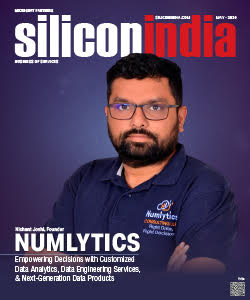A New Modi Doctrine For Indian Foreign Policy?
However, the transition - "time of great flux and change" - is not easy and even a degree of polarization is inevitable. Modi couldn't ignore the other side of what is happening: "The world is witnessing tensions and turmoil on a scale rarely seen in recent history. There are no major wars, but tensions and conflicts abound; and, there is absence of real peace and uncertainty about the future. An integrating Asia Pacific region is still concerned about maritime security ... Europe faces risk of new division. In West Asia, extremism and fault lines are growing. Our own region continues to face the destabilizing threat of terrorism. Africa faces the twin threat of rising terrorism and a health crisis. Terrorism is taking new shape and new name. No country, big or small, in the north or the south, east or west, is free from its threat."
The key test for Modi's framework is how India can navigate through those of these problems that impinge on it. It means harnessing realism to the philosophy. Nehruvian starry-eyed idealism took a toll on India. But Modi has a steely firmness at his core - he was quick to react to Pakistan's perceived hostility and lay down the rules of engagement.
What he can achieve through the first of the element he has articulated - dialogue and engagement - is the ability to be flexible enough to deal with various nations and groups of nations without having to assume rigid postures or fall into a camp. A ready example of this is the way he is manoeuvring relationships with Japan, China and the United States. Another is how he is tackling Pakistan in a measured way, setting the boundaries, but not shutting it off entirely.
The second element he has articulated is one of idealism - but it does not bind him to a grouping or to polemics that could be self-defeating. All this may be the start of the evolution of a Modi Doctrine.
Also Read: India Blessed With Democracy, Demographic Dividend, Demand: Modi At Madison Square

.jpg)

.jpg)